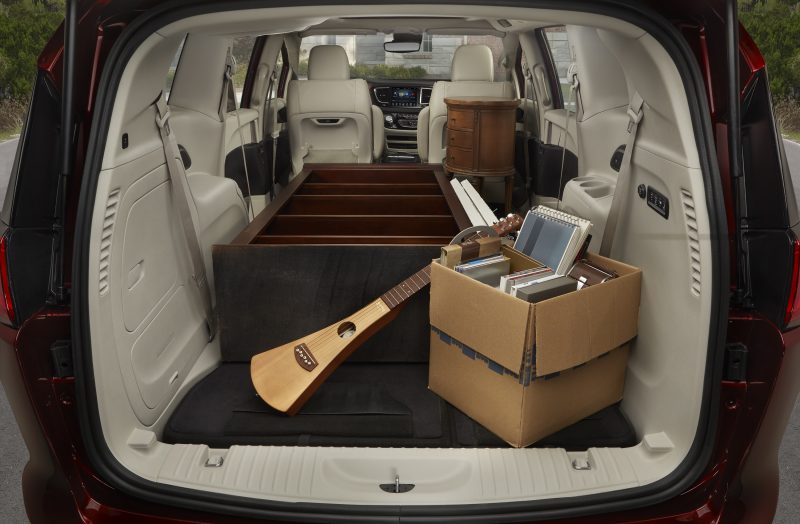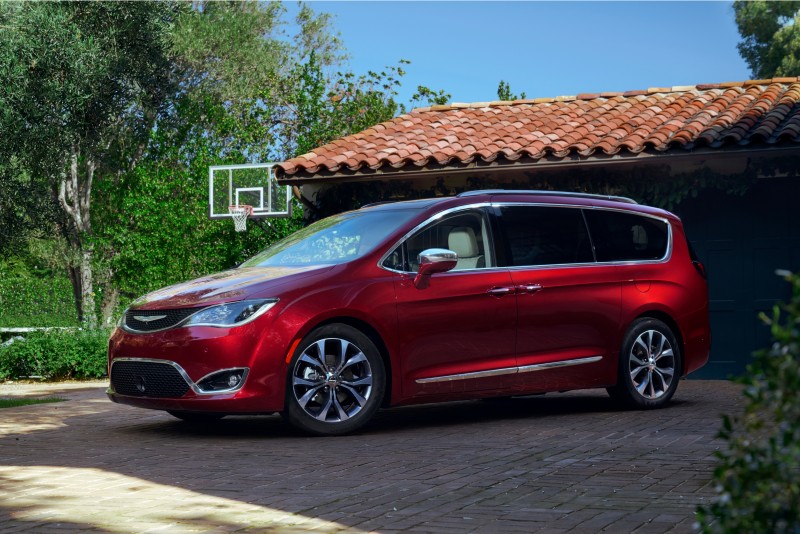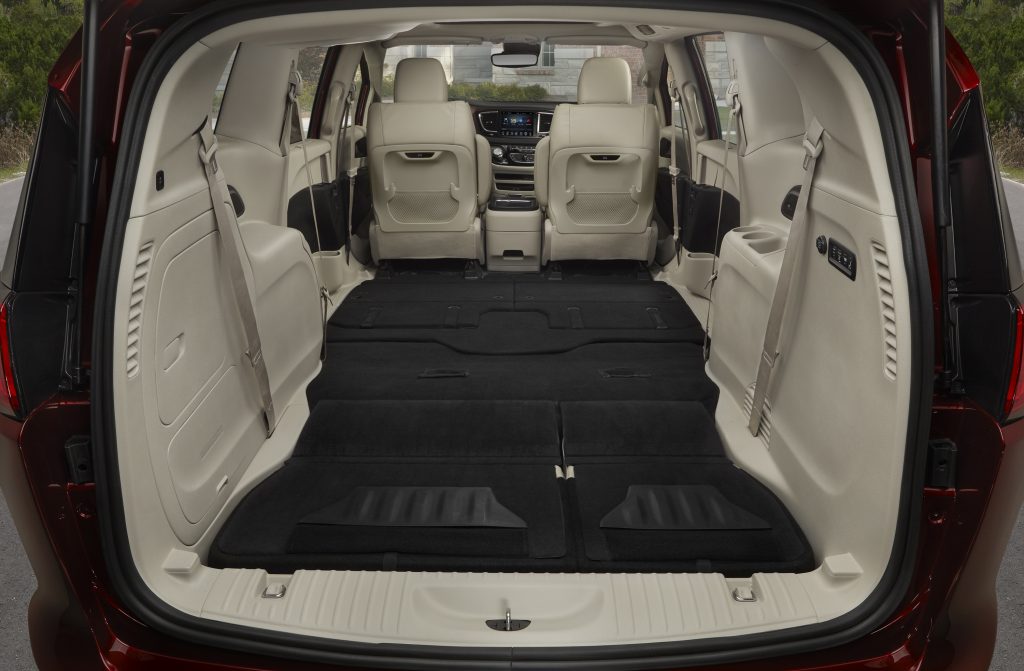When designers began work on the 2017 Chrysler Pacifica, they went to the drawing board to create a new minivan from the ground up.
They wanted to create a minivan that was the best in class in all categories – including cargo volume.
To do this, engineers measured competitive vehicles to create a baseline for the Chrysler Pacifica to beat.
And they did exactly that by designing an all-new minivan that has best-in-class cargo volume.
The 2017 Chrysler Pacifica has a best-in-class cargo volume of 197.3 cu. ft. (Total SAE Volume). Engineers used the SAE J1100 cargo volume measurement standard in the 2009 format to arrive at this number.

2017 Chrysler Pacifica
Once the volume of the Pacifica was established, engineers used the same standard to measure the interior of competitors’ vehicles.
While the measuring process for cargo volume follows the basic geometric formula of length times width times height, it is not that simple. Because the space behind the first row of seats in a minivan is not a perfect rectangle, the SAE standard provides a guide of where to make specific measurements.
Because there is no industry standard, and companies can measure volume differently, it is often not an apples-to-apples comparison between advertised cargo measurements of minivans from various manufacturers.
However, FCA US engineers have done their homework and the Pacifica’s best-in-class cargo claim stands up. After competitive minivans were measured with the SAE J1100 measurement standard, the 2017 Chrysler Pacifica had the best-in-class cargo volume.
One way for consumers to see how the Pacifica’s interior design and packaging delivers the most cargo space in the segment is to check to see which minivan can carry 64 8×4-foot, quarter-inch sheets of plywood.
The answer? The Chrysler Pacifica.

2017 Chrysler Pacifica




